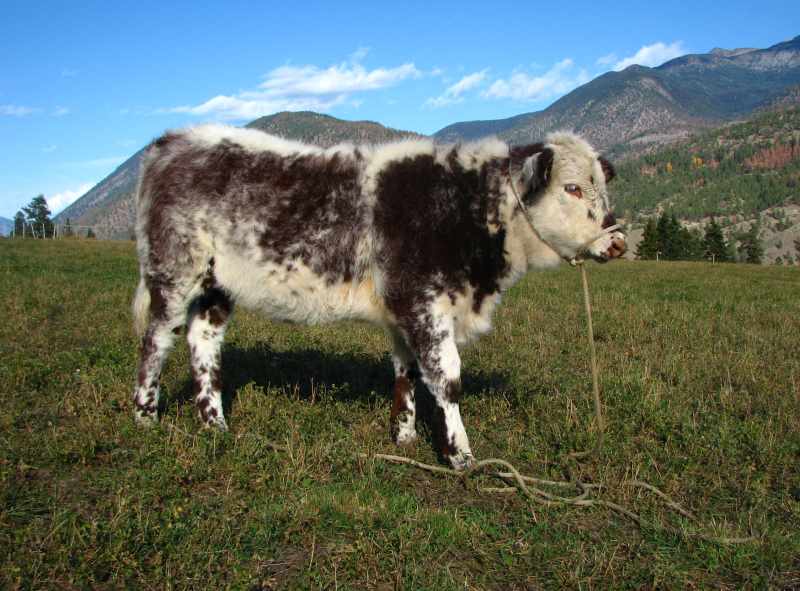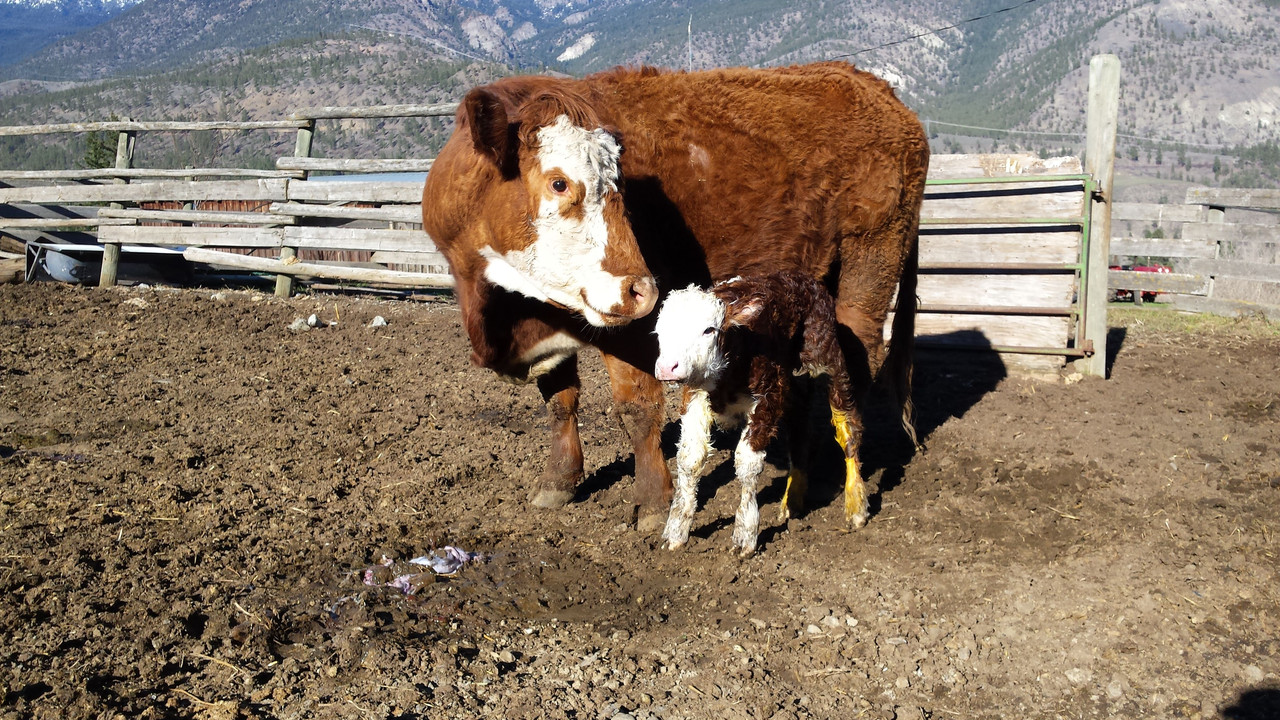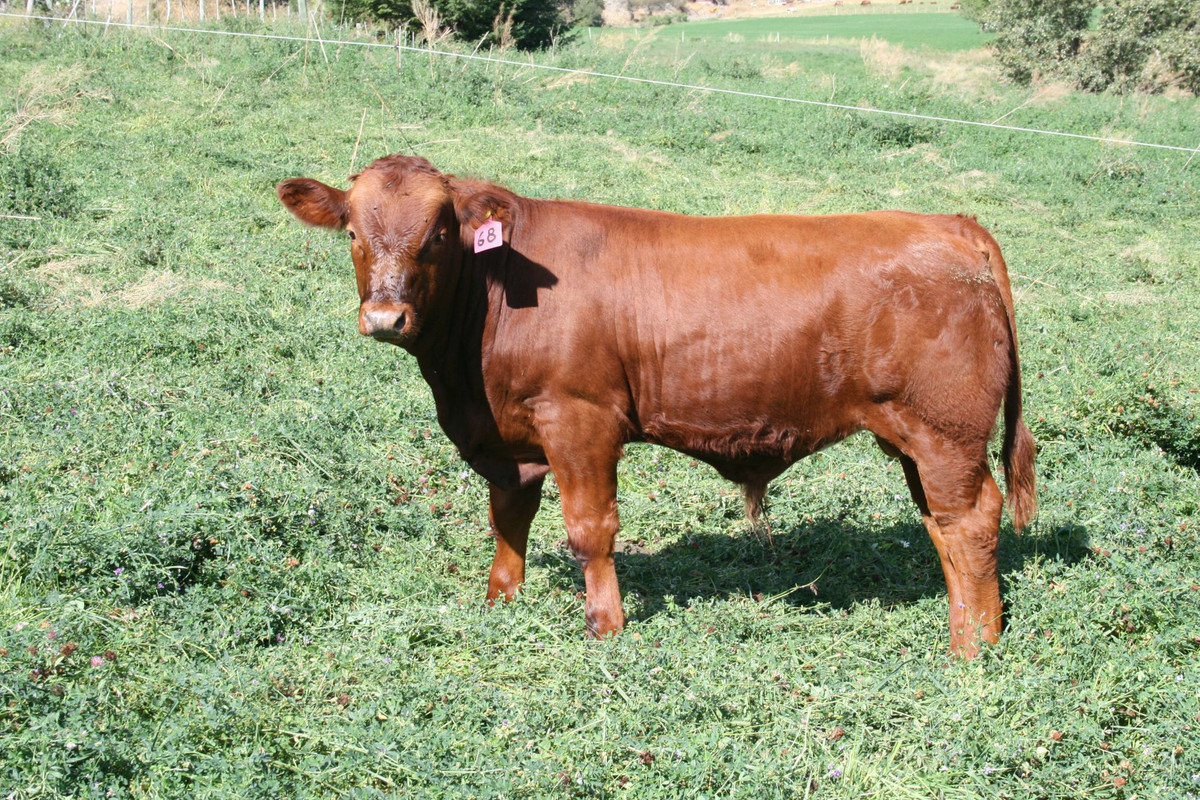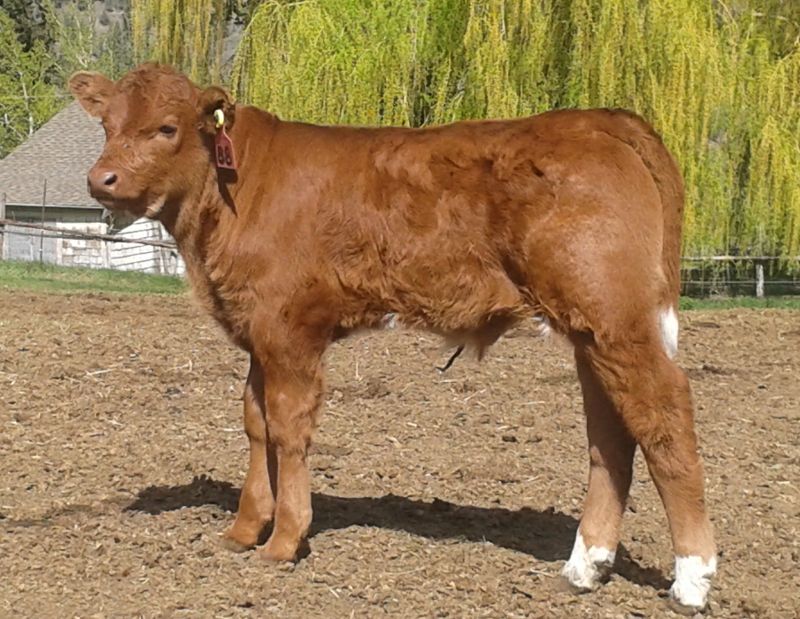simme
Old Dumb Guy
How much emphasis do you place on cow longevity? It costs a lot to get a replacement heifer to production age. Then, some cows only last a few years before they are culled. Bad feet, bad udders, low production, bad disposition and other issues can send them to the pound pen early in their career.
Here is my oldest cow. She is a February 2005 model simmental that has been very productive. Still maintains good condition for her age. Still has a good udder. Will calve in October.
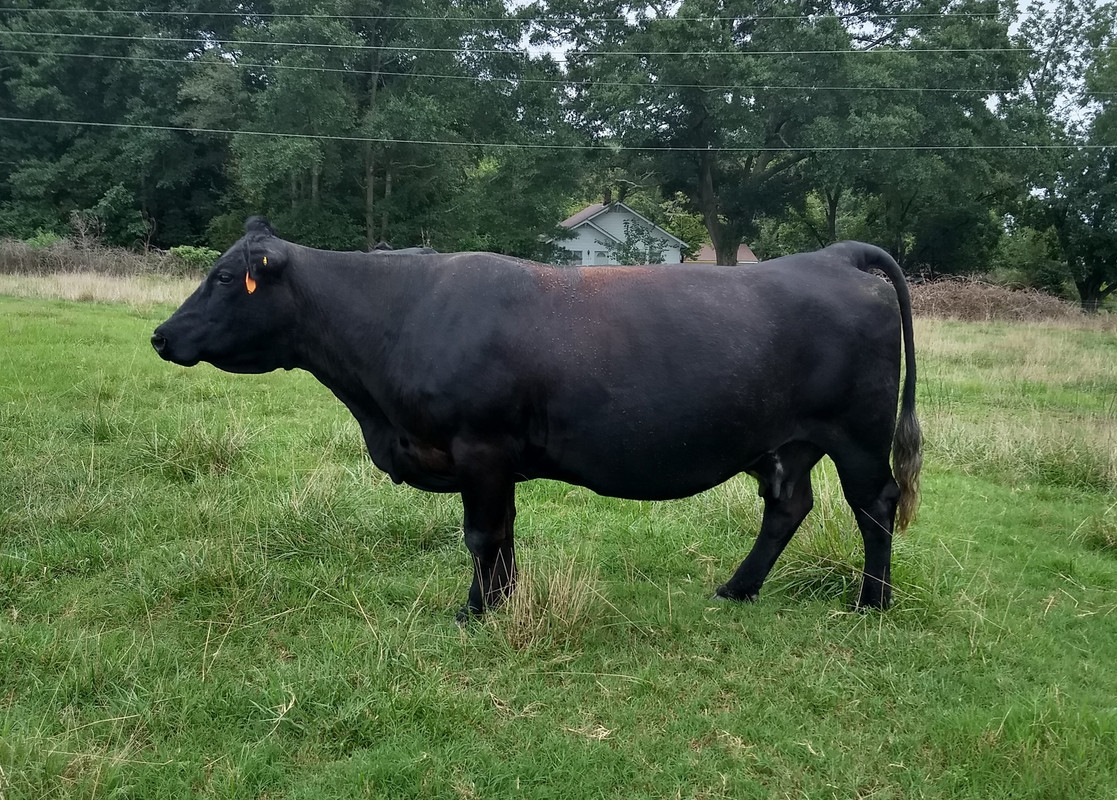
Here she is as a two year old with her first calf.
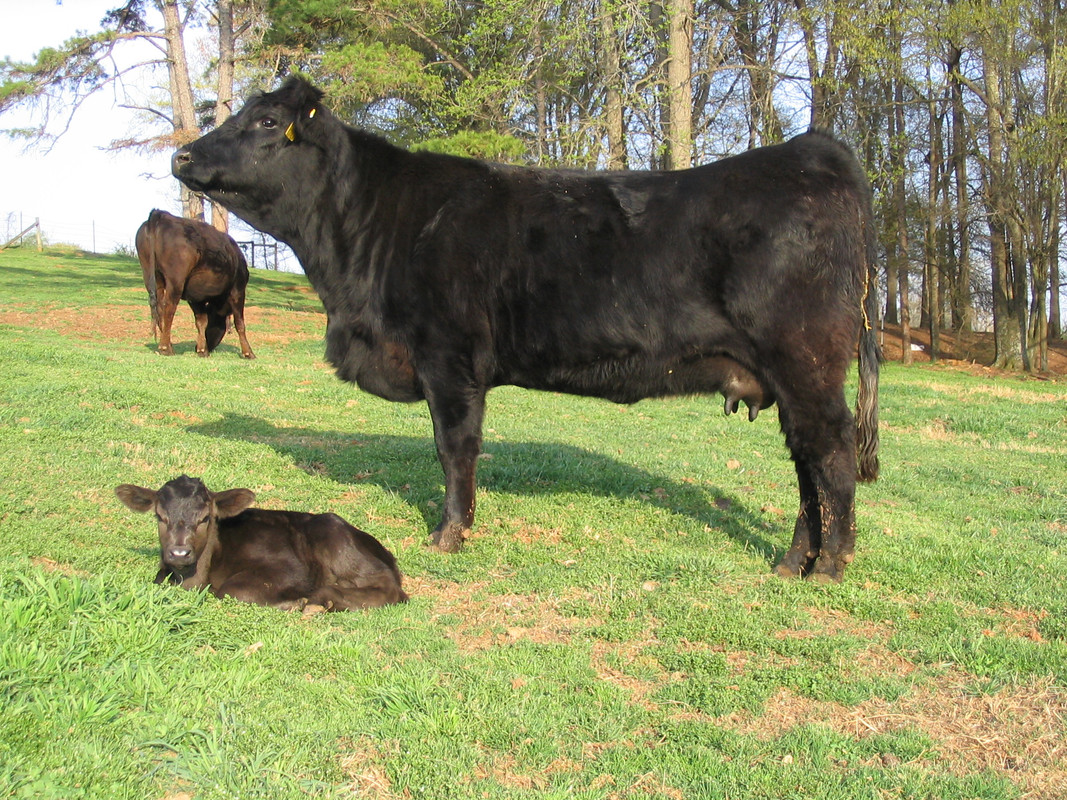
First calf at 5 weeks old.

First calf at weaning. We kept him for a herd bull.
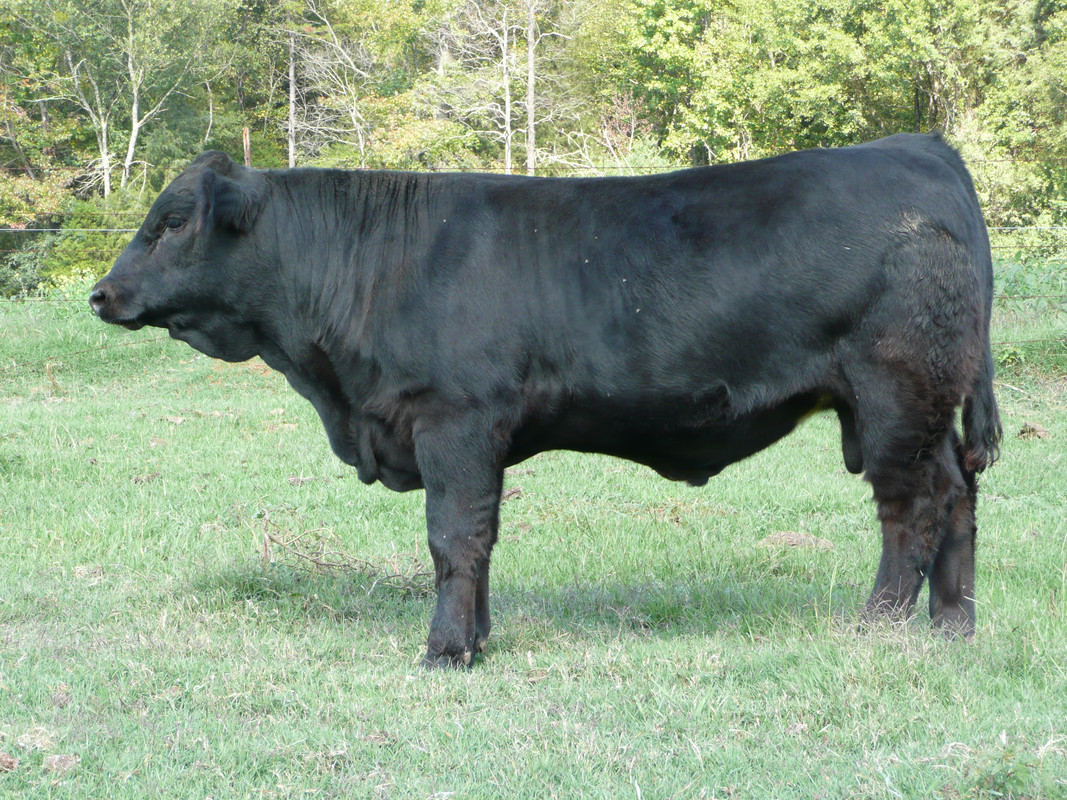
A four year old daughter.

I think she has always settled on first service when bred AI. She has been bred to simmental, red angus and black angus.
She is the boss cow in the herd. We have never taken birth weights on any of her calves. Not brave enough. She is very protective of her calves for about three months and then is calm until she sees the trailer at weaning time.
Tell us about your oldest cows. Do you tend to keep them as long as they are productive or tend to replace them early with better/newer genetics? Anyone have any still in production at 20? Share a photo.
Here is my oldest cow. She is a February 2005 model simmental that has been very productive. Still maintains good condition for her age. Still has a good udder. Will calve in October.

Here she is as a two year old with her first calf.

First calf at 5 weeks old.

First calf at weaning. We kept him for a herd bull.

A four year old daughter.

I think she has always settled on first service when bred AI. She has been bred to simmental, red angus and black angus.
She is the boss cow in the herd. We have never taken birth weights on any of her calves. Not brave enough. She is very protective of her calves for about three months and then is calm until she sees the trailer at weaning time.
Tell us about your oldest cows. Do you tend to keep them as long as they are productive or tend to replace them early with better/newer genetics? Anyone have any still in production at 20? Share a photo.





